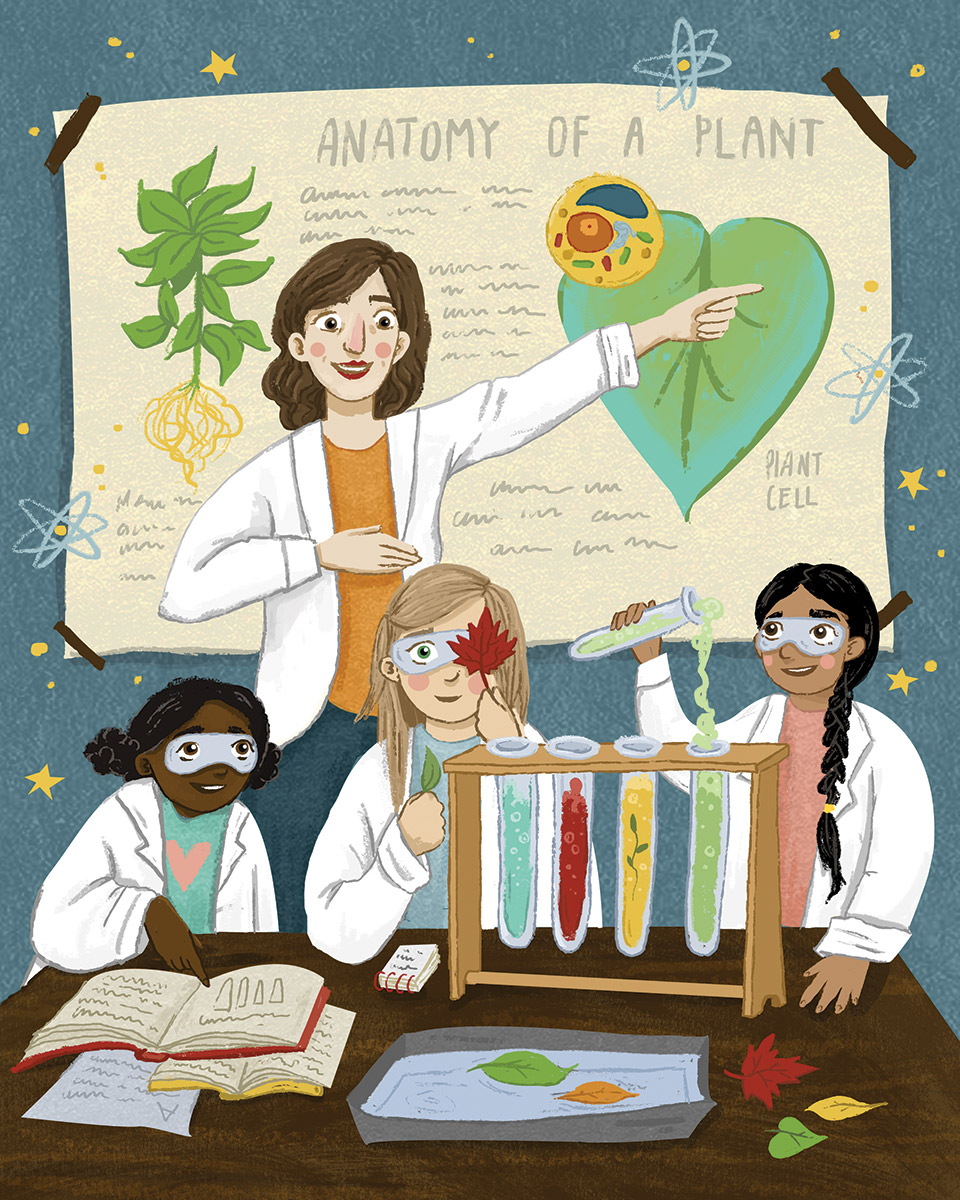
Organizations like Girls Inc. seek to get younger students interested in STEM
In July of 2018, the Pledge to America’s Workers promised training-and-education opportunities for more than 1.2 million American students and workers over the next five years. More than 300 companies and organizations have committed to contributing over 12.7 million training hours and education opportunities by 2024.
The pledge came in response to what National Association of Manufacturers President and CEO Jay Timmons estimates as more than 500,000 currently unfilled manufacturing jobs in addition to 2.4 million jobs predicted to go unfilled by 2028.
In response to the pledge, Walmart alone has promised 1 million opportunities for its workers. This comes as no surprise. In the spring of 2018, Walmart made national headlines when the retailer announced that it would fund degrees in business and supply chain-management for its employees. Programs such as this increase longevity of employment and improve workforce quality. The Pledge for America’s Workers begins even earlier by targeting manufacturing inclined students before they enter the workforce.
Girls Inc.
www.girlsincswct.org
Address: 5 Park Place, Waterbury, CT 06702
Founded: 1864
Participants: 800
Programs:
Strong – Healthy Mind and Body: physical fitness, nutrition, healthy relationships, mental health
Smart – Academic Success: STEM, homework help, summer reading programs to prevent summer slide, literacy and reading programs
Bold – Independence: STEM college and career readiness, leadership, economic empowerment
“In addition, we have amazing women who give of their time as mentors and work directly with our girls and/or are part of our programs for middle and high school, where our girls have the chance to meet with them and see their work environments, or talk with them about their path, their challenges and their success in these various fields,”
— Donna Maglio, Executive Director, Girls Inc. of Western Connecticut
Unfortunately, manufacturing is often misunderstood by Gen-Z – Americans born after 1996. According to the Pew Research Institute, the oldest members of Gen-Z are less likely than Millenials to be in the labor force.
The manufacturing industry is making a concerted effort to team up with community colleges to develop brand new degrees, certificates, and training programs based on the needs of employers. In Connecticut, the business consulting firm CONNSTEP has helped manufacturers to embrace new markets and upgrade the skills of incumbent workers through trainings in continuous improvement, business growth, and workforce development.

Illustration by Annabelle Meszynski
Whole girl philosophy
Youth organizations are likewise doing their part to ensure that a new generation of manufacturing professionals will be at the ready, by pioneering STEM education. Girls Inc. of Western Connecticut serves roughly 800 girls every year with a whole girl philosophy designed to inspire young women to be strong, smart, and bold.
According to Executive Director Donna Maglio, Girls Inc. of Western Connecticut prepares girls by nurturing their love of STEM and providing them opportunities to meet and talk with real women in the field.
“Many of our girls come to us at the age of 5-6 and since one of our programming cornerstones is STEM, they are able to experiment and try all kinds of STEM related activities very early on,” said Maglio.
The goal of early STEM programming is to proactively prevent young women from feeling intimidated about failing.
“They come to appreciate that’s half the fun of learning,” Maglio said.

Illustration by Annabelle Meszynski
She describes an environment in which girls can get their hands dirty by making playdough, slime, and even lip gloss.
This is only the beginning.
“In addition, we have amazing women who give of their time as mentors and work directly with our girls and/or are part of our programs for middle and high school, where our girls have the chance to meet with them and see their work environments, or talk with them about their path, their challenges and their success in these various fields,” said Maglio. “As with everything we offer for our girls, it’s important that they can relate to women working in these careers, their love and curiosity is nurtured and their exploration encouraged!”
The future
This year, one group of girls completed a unit called “Science & Math of the Amusement Park,” in which they designed roller coasters while taking into account friction, speed, and momentum. A different STEM program helped the girls zero in on small creeks as they compared tree species, examining their usefulness as sound barriers.
“We’ve had pet snails, fish and many other creatures, all with the goal of showing girls how things work, how we coexist with other living things, the effects of our choices, and the various things that can be part of an amazing STEM future,” Maglio said.
STEM initiatives at organizations like Girls Inc. will change the way young women think about pursuing careers in manufacturing. Problems of perception may stem from the fact that manufacturing hasn’t always been on the upswing.
Many Gen-Xers, born between 1965 and 1980, recall entering the job market 30 years ago when, according to the Bureau of Labor Statistics, over 5 million more manufacturing jobs existed than today.
Programs like the one at Girls Inc. will continue to alter Gen-Z’s view of sophisticated manufacturers in the fields of robotics, defense, medical equipment, and space travel.

Illustration by Annabelle Meszynski


